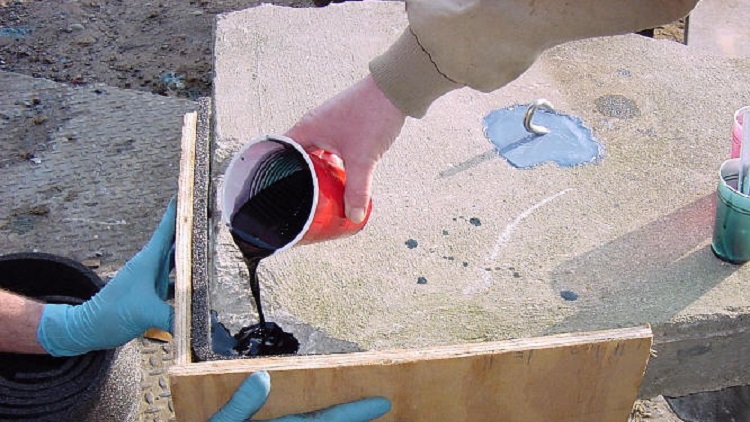It’s a fact, the earth’s crust is constantly moving. As it does, we can conclude to things about concrete that cannot be disputed. Concrete is gray in color and does crack. Most people think that a crack in concrete means irreparable concrete damage. They think the concrete must come up and that it must be replaced. However, this is not true. A concrete contractor will be able to tell you whether you should replace the concrete or simply need it repaired.
Causes of Concrete Cracks
Cracks found in concrete can be caused by numerous conditions related to the solid substrate or the conditions currently existing on site, the mix design, whether or not the surface was overhydrated as it was being place, insufficient grade preparation, or an inadequate joint design. There are causes that are more complicated and complex. A concrete contractor can usually diagnose this pretty quickly. The cause of the crack and addressed before the appropriate repair method is prescribed.
Types of Concrete Cracks
There are multiple types of concrete cracks. Each of which requires a different type of repair. The first type is called a check crack (shrinkage crack. These are easy to recognize because they usually appear to be discontinuous and found only in the surface of the concrete. Most of these are around one sixteenth of an inch in width. They are not usually considered to be a defect within the concrete itself, because all concrete shrinks some during the hydration period. Repairing this type of crack before installing an overlay is common but not required.
Another type of crack is called a structural crack. These are commonly referred to as shift cracks, settlement cracks, and load cracks. These can be caused for a variety of reasons, but each is typically related to pour grade preparation or shift rolling in one way or another. This usually travel from one side of the concrete to the other. The injection of a structural epoxy is generally how this type of crack is addressed. People are generally told that this bonds the concrete together again. This is not the reason they do this. The epoxy will harden and bind/prevent the inward movement of the crack. This will prevent the crack from closing due to additional movement.
The third type of crack is an off-set structural crack. These are when the crack contains a raised area on either side. Off- set structural cracks are referred to as twisted cracks and do not just move in and out, but move up and down as well. This is when the concrete will need to be removed and replaced in order to repair the area.
Before you decide that you need to spend a lot of money having concrete torn up and taken down, and waste time on services you don’t even need, get some estimates. A good concrete contractor should come out and look at the area for you and let you know what they think. They will know how to address the cracks and how they can go about evaluating the condition of the concrete. This can save you time and money in the long run.

